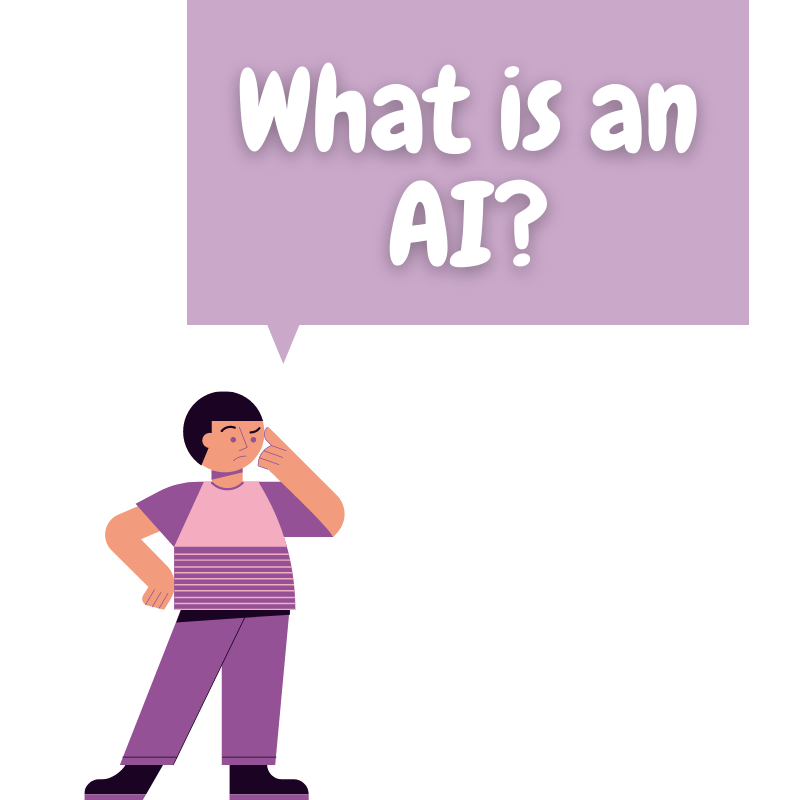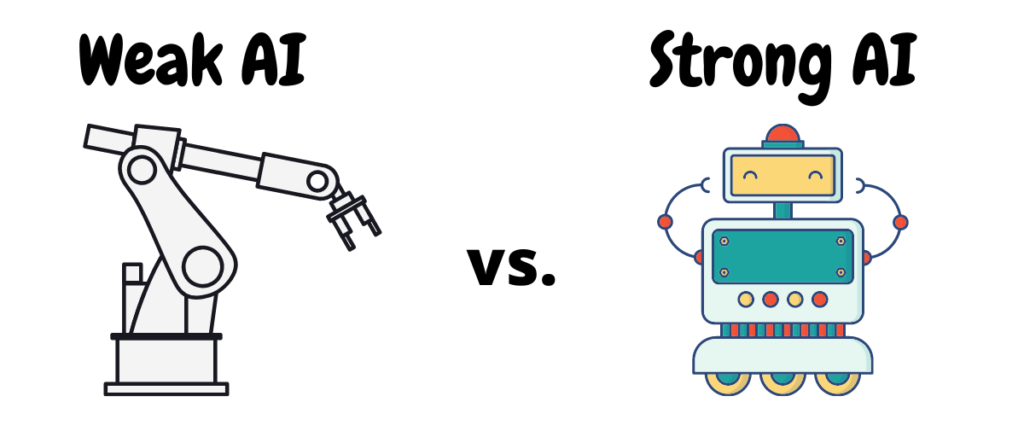We all, in some way, have been using Artificial Intelligence in our daily lives. Advocates of Artificial Intelligence (AI) off late have been promoting Strong AI or Artificial Intelligence with higher active learning for productivity across various industries. Much of the debate concerning this phenomenon is shifting to AI uses that can bring in efficiency in industry-wide operations as well as in cross-industry synchronization.
Before considering the benefits and disadvantages, let’s take a look at what constitutes an AI today and how it is impacting the world around us.
What is an AI?
An AI or Artificial Intelligence refers to the study of complex computer codes that brings together multiple disciplines with a common goal to create smart machines.

These machines or logics or programs are capable of performing complex tasks that require human intelligence, but in a manner that equals or exceeds the capabilities of humans plus the leverage of doing it within much less time.
These AI programmes are classified into 2 categories:

- Weak or Narrow AI: that encompasses most of the AI uses currently in existence. These machines or programmes are designed to perform specific tasks very well, such as Voice Recognition tech, for example. Weak AI can execute commands recognizing the voice of a specific person but cannot differentiate between the fake or genuine voice.
- Strong AI or Artificial General Intelligence (AGI): is an ideal state where intelligent machines will be able to perform a broad range of tasks, all at levels well beyond the comprehension of human capability. This level is AI technology is in a very nascent stage, but progress is being made every day.
You can see that AIs embedded into almost all the products around you. Be it connected cars, AI-infused apps that recognize your voice and perform tasks as you command, image recognition that unlocks your phone upon recognizing your face, connected home appliances that operate via a click on your phone even if you are miles away from your home, smart shoes, smartwatches and much more. However, these are examples of Weak AI, i.e., each program is designed to perform a specific task.
For e.g., you cannot command an AI designed for calculating your overall health on a smartwatch to capture & analyze your friends’ faces to assess their moods; or ask any voice assistant like ‘Alexa’ to provide insights about your business reports. Each AI is designed differently to perform each task.
Although Weak or Narrow AI is being used increasingly, there are some breakthroughs in developing Strong AIs that are being researched and being improved upon. Here is one of the famous examples:
‘THERE IS NONE’

All the existing AI programs fall into the class of narrow and weak and automated AI, simulating, mimicking or rather faking some capacities and abilities and functions of human intelligence.
For an A.I. to be smart enough to realize it’s self-aware and conscious, there needs to be a lot more work to be done in both computer science and neuroscience. I truly believe it’s possible, but my belief is that A.I. needs to be conscious before it outsmarts us. In order for that to happen, we need to figure out what consciousness is. Consciousness is an emergent property of brain function. Emergent properties are properties that are greater than the sum of their parts. I think once we figure out concrete mathematics for emergent systems, then we’ll be close to creating a robot as smart as us that learns from itself and will eventually be smarter.
Among the most notable works in AI philosophy is Ray Kurzweil’s view that machines will be as smart as humans by 2029, which he calls “The Singularity”. I can safely say that the questions about Strong AI or Self-aware machines do not include “How”, but “When”.
Let me know your views about the state of AI in today’s world. And your suggestions about my first article over the improvements and facts presented.
Also, don’t forget to subscribe newsletter for updates on new articles and upcoming exciting sections.
